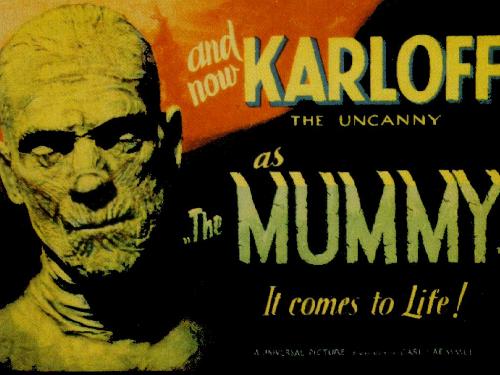Cremation, "air burial," grave cairns, funeral mounds, mummification, belief in life after death – death practices sacred to one culture are often considered "odd" or even terrifying by another.
The Greeks were fascinated with the historian Herodotus' description of the ancient Issedonians chopping up their dead into a mixed grill and devouring them in a communal barbeque, something entirely contrary to the Greeks' treatment of their own dead.
In every social group throughout history, the disposal of the dead has special significance, and ways of death always fascinate those on the outside looking in, says Erik Seeman, Ph.D., associate professor of history at the University at Buffalo, where he teaches "Death in American History." "Beyond that," he says, "deathways illuminate religious meaning and the social life of cultures about which we may know little else."

Seeman's work, which, unlike much in this field, focuses on the deathways of non-European peoples, primarily those of the eastern third of North America and the Caribbean, is being prepared for publication in a book with the working title "Death in the New World."
"Much of my research looks at how deathways marked cultural self-definition and the definition of 'other' in the New World," he says.
"Placing death at the center of an analysis of cross-cultural encounters among Africans, Europeans and Native Americans allows us, perhaps better than through the use of any other conceptual category, to see the world as the participants themselves viewed it."
In fact, Seeman says the examination of deathways is virtually unmatched for understanding cross-cultural encounters that took place centuries ago in the New World.
"For one thing," he says, "death was ubiquitous. Virgin soil epidemics devastated Indian populations; the mortality of slaves on New World plantations was appalling; unfamiliar disease environments decimated Europeans in the Chesapeake and West Indies; and war raged in every corner of the region.
"Second, Christianity, Judaism and the many polytheistic religions of American Indians and Sub-Saharan Africans focused on explaining to believers the meaning of death and the afterlife," he says. "Because of this, when individuals met strangers they were interested in the others' deathways. What remains are far more descriptions of mortuary rituals than of such cultural practices as food preparation or music.
Finally, "how corpses were prepared, what was included in burials and how death was commemorated leave traces in the material record that other cultural forms do not, offering researchers a rich trove of evidence with which to explore cultural and social attitudes and practices outside of deathways."
Seeman's research also looks at how, in the exploitive context of colonial encounters, understanding of deathways was put to manipulative ends by both sides. He demonstrates how missionaries used it to gain native converts, for instance, while some Indians used European fear of post-mortem mutilation to incite horror through scalping.
The book also takes a particular interest in how deathways document the cultural syncretism that, over time, reconciled a vast number of disparate or contradictory beliefs, often by melding practices of cultures ranging from the French and Portuguese to the Iroquois and Congolese who came into contact with one another in the New World from the 15th century on.






Comments